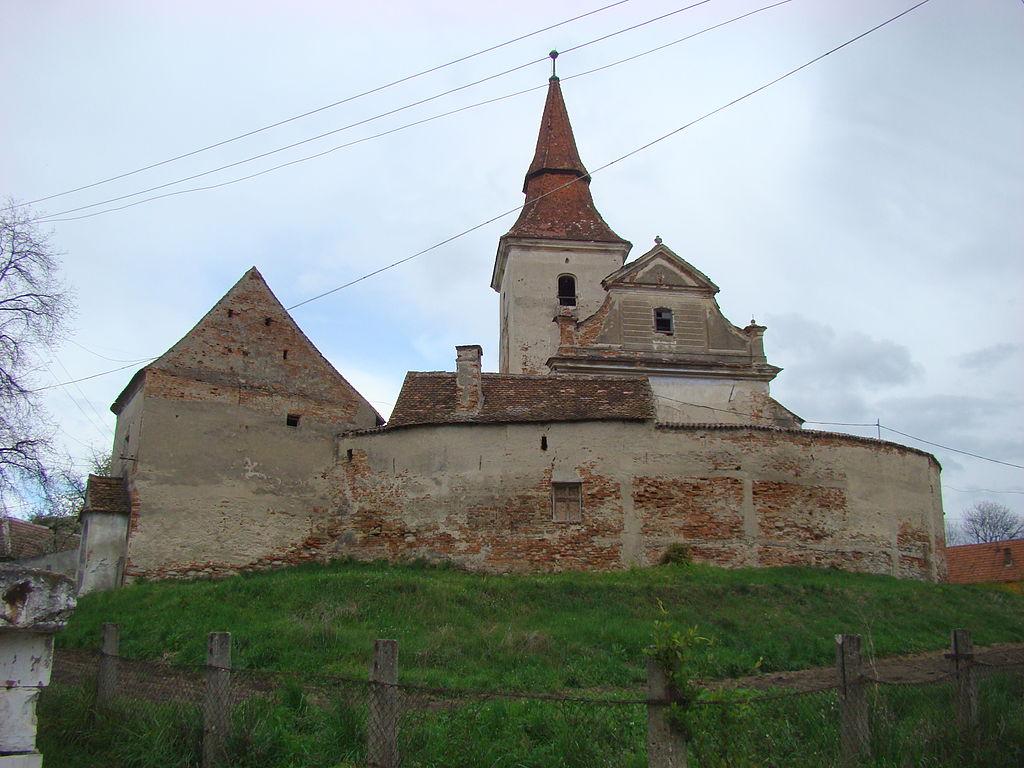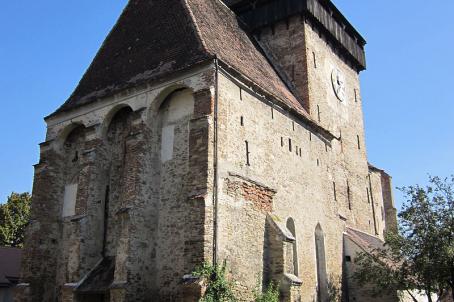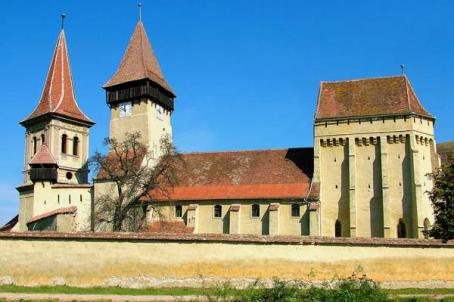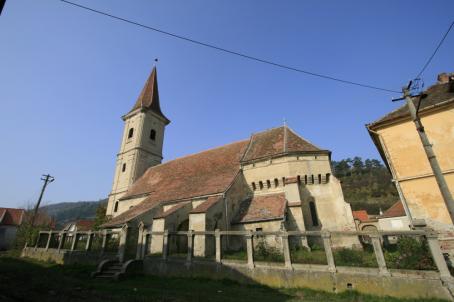Agârbiciu Fortified Church

In the early 14th Century an early Gothic basilica was built in the middle of the village. The aisles were removed and the arcades were bricked up in 1500, when the church was fortified. Above the chancel a defence tower was erected. The chancel’s polygonal closure was heightened with two defence levels and the buttresses were connected by arches, in order to build a machicoulis gallery behind them. The ensemble was strengthened by a surrounding wall in 1502, completed by a gate building and an adjoining bacon Chamber on the north-west side . The tower was heightened in 1827 and received its striking pyramidal roof. At the same time its defence systems together with the defence level of the chancel were removed . The typical western gable of the church was erected in the same time with the renewal of the roof in 1854. Inside the church the mainly 18th-century furniture is still preserved.
About this building
For more information visit on this building visit https://kirchenburgen.org/en/location/arbegen-agarbiciu/





